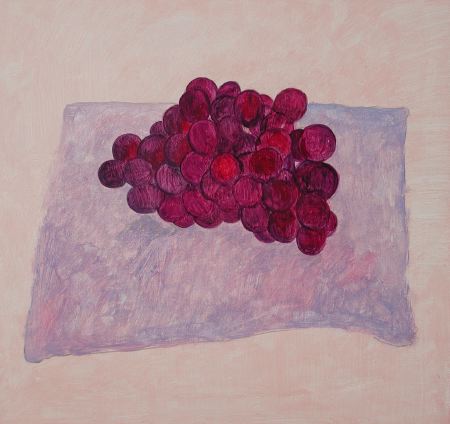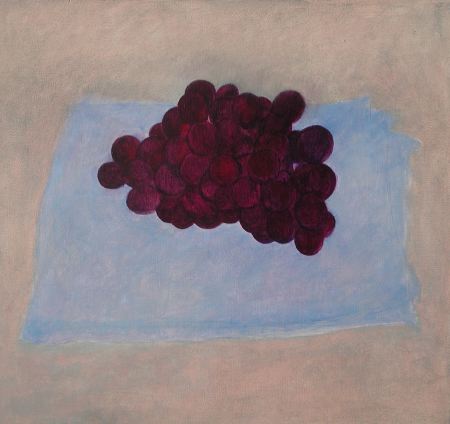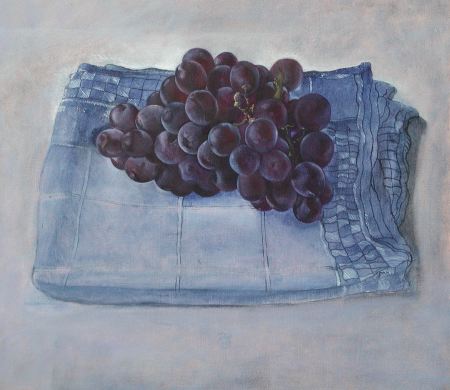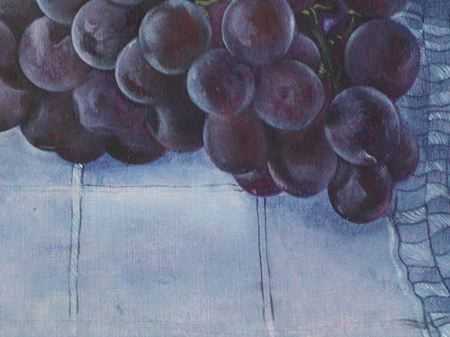In a comment elsewhere, I said, “I am not much interested in technique any more. … Many other artists will always have better technique than me, but when people are walking by, which works make them stop, look, and say, ‘Wow?'”
Does technique really matter?

I often remember something a pianist friend of mine confessed. He said that for most of his career, the way he kept track of how well he was doing was by keeping a log of the number of hours practiced.
That, he said, was a catastrophic error. He should have been keeping count of only one thing: the number of concerts given.
As a painter, I could translate that to: Number of works sold for how much each.
The whole last century of art could be described as an anti technique reaction. When I look at those perfectly executed paintings of the nineteenth century with all those naked boys and girls thinly disguised as gods and goddesses preaching some insipid moral lesson, I am glad we don’t paint that way any more. Why does it matter at all how well you paint it if no one is interested in what you have to say?
What difference does it make how well you can play the piano if no is there to hear?
In another recent post, things got really nitty gritty technical. Regarding that technical stuff, Lisa Call commented, “For me this type of thinking is very left brain and analytical ‘I need to place this color next to that one and then X will happen if I also do Y and Z.’ But I find that my best work is made if I can shut off that part of my brain and just go with what feels right and not stress each small step.”
I thought that comment was revealing. I hope you don’t mind, Lisa, for bringing it up here again. It’s a succinct restatement of the paradox. Technical stuff means being all concerned about technique, but is that what makes art, art?
This post also appears on rexotica.

 On the last day of 2006 I made several pictures of grasses in the snow. They were in a field near the woods I’ve been frequenting for my series of
On the last day of 2006 I made several pictures of grasses in the snow. They were in a field near the woods I’ve been frequenting for my series of 



 Recently we looked at one of
Recently we looked at one of 

